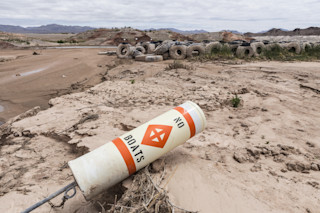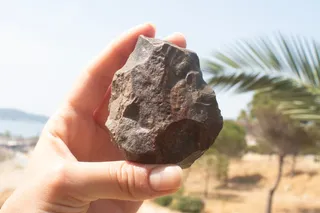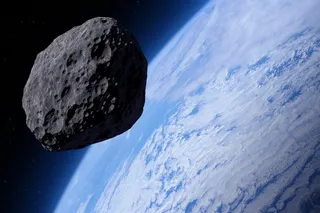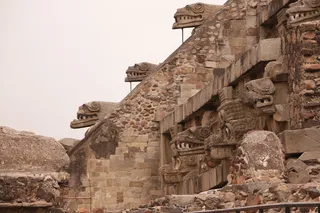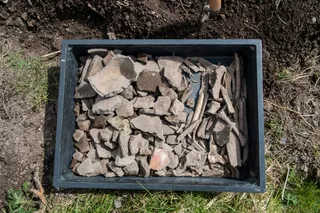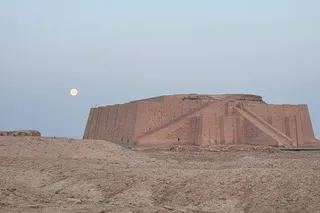It’s no secret that the American Southwest has been experiencing one of the longest periods of drought in years. However, as Lake Mead — the largest human-made lake in the U.S. — dries up, citizens are discovering more of its secrets.
The Hoover Dam on the Colorado River forms Lake Mead. It’s a reservoir that provides water for parts of California, Nevada, and Arizona. Due to severe drought, the reservoir is at its lowest since 1937, when the lake was first filled. As of July 2022, the lake is at 1,041.64 feet, just under 27 percent full capacity. When the lake is full, it sits at about 1,229 feet.
Lake Mead is considered the most dangerous national park site, with over 250 deaths in the last decade. So it’s no surprise that human remains have been found as the water level drops. Due to its close proximity to Las Vegas, ...



